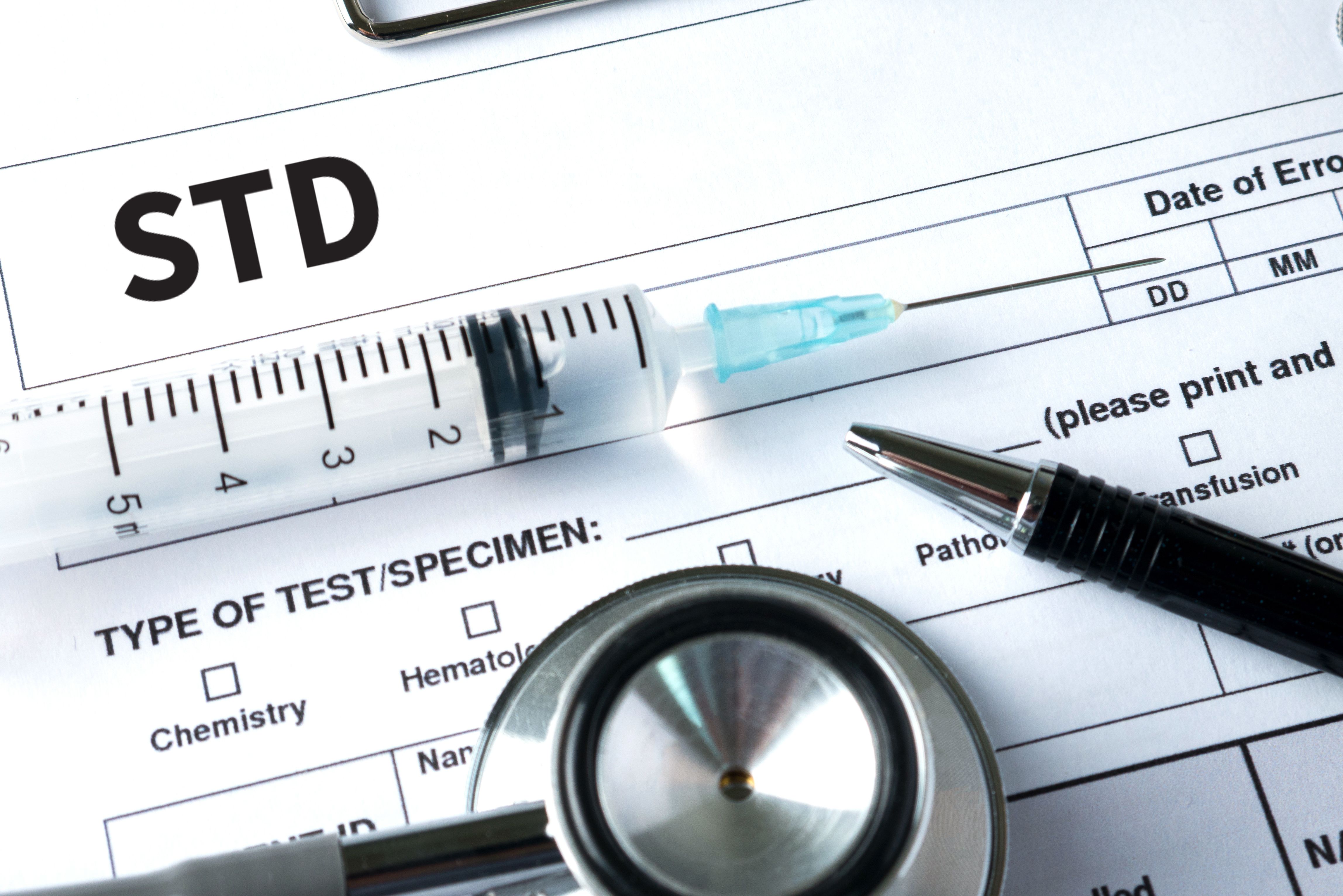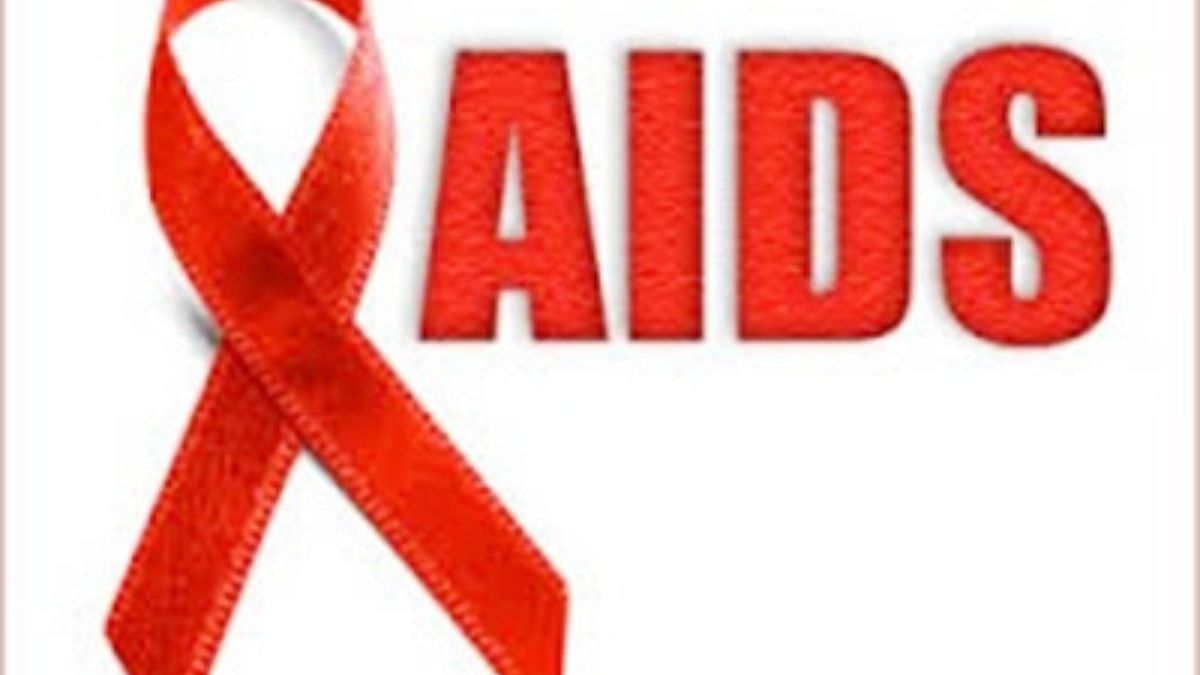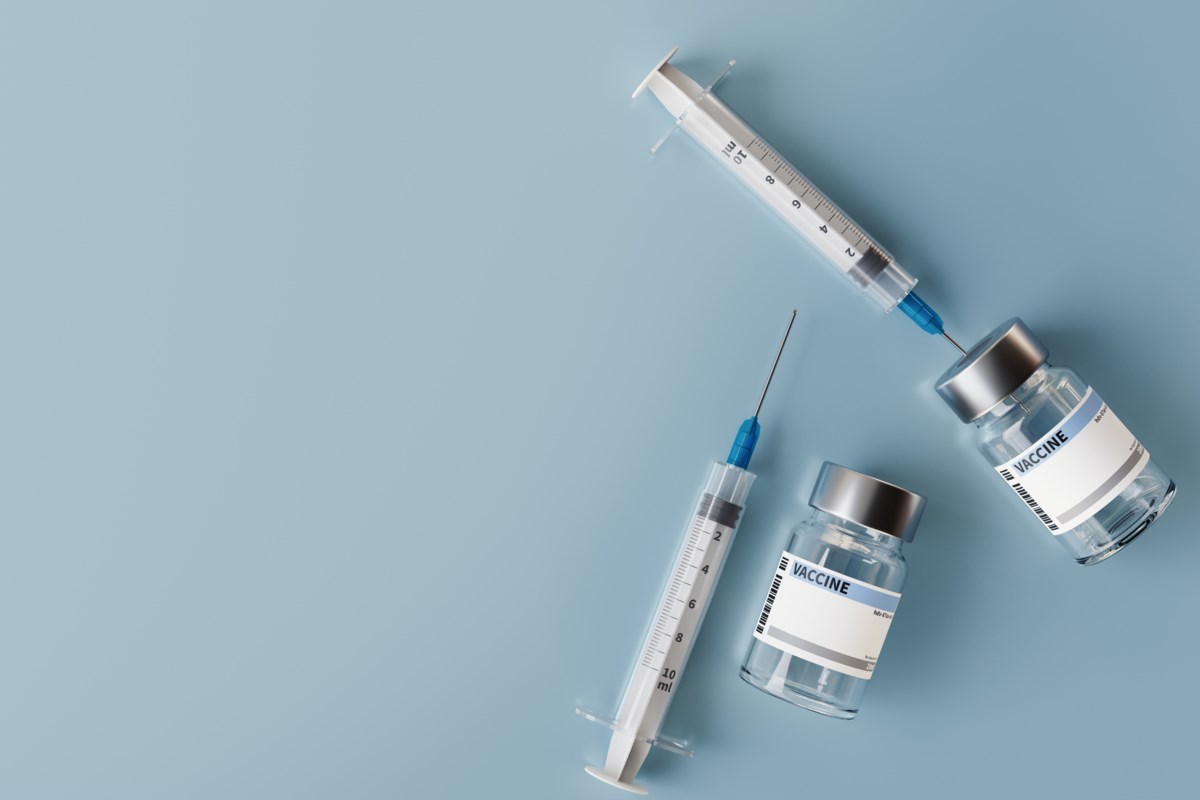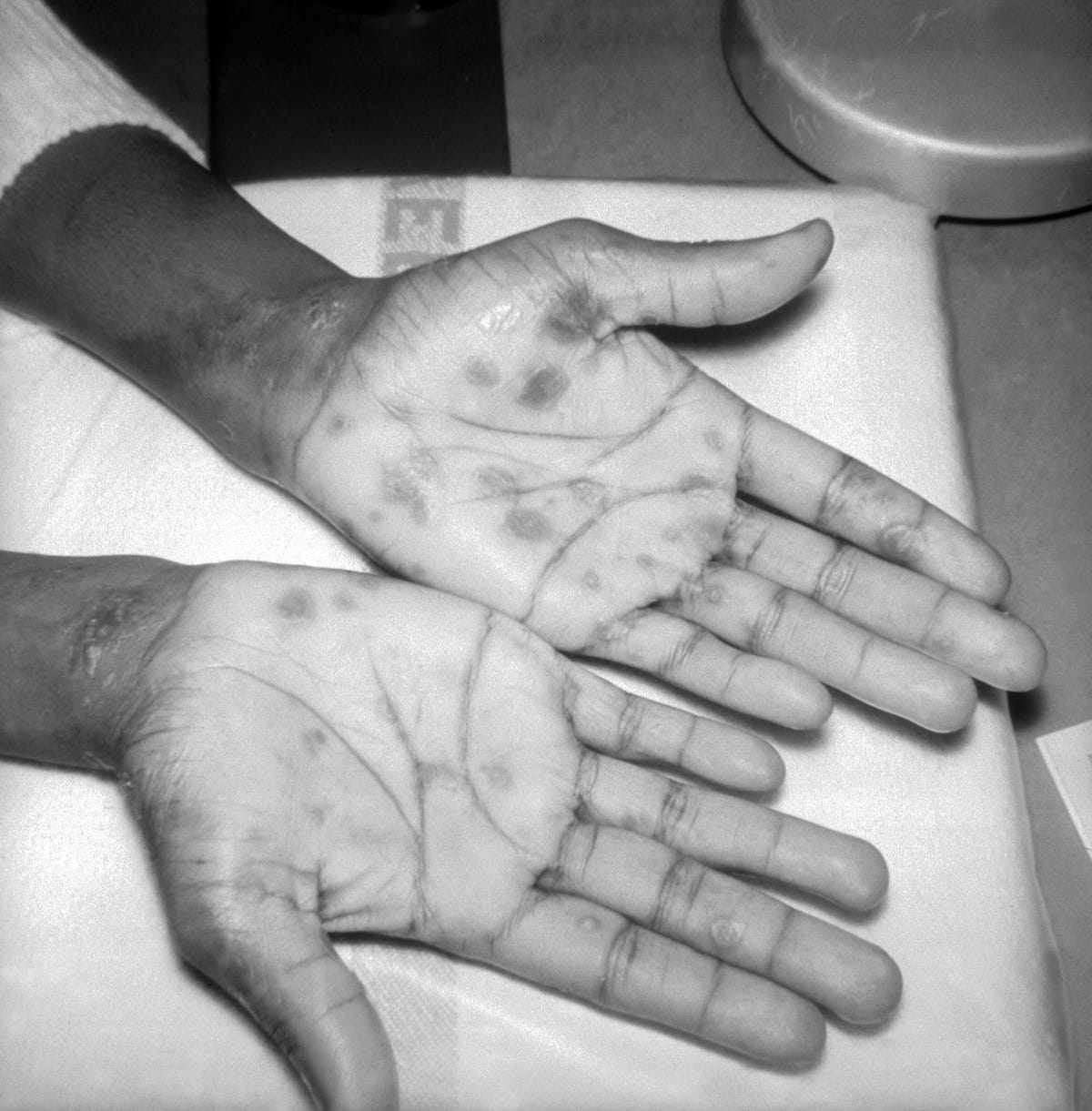Sexually transmitted diseases and infections (STDs/STIs) are common health issues in the United States, according to Kenneth J. Tomecki, MD, staff physician in the department of dermatology at the Cleveland Clinic, and past president of the American Academy of Dermatology.1 He cited 2018 data from the Centers for Disease Control and Prevention (CDC) that revealed 1 in 5 people in the United States had an STI. In that year alone, there were 26 million newly acquired STIs, nearly 50% of which were acquired by people aged 15 to 24 years.Nearly $16 billion was spent on direct medial costs.2
In light of these statistics, it is important that physicians expand their knowledge about different STDs and how to treat them, Tomecki said.
Gonorrhea
Gonorrhea is caused by Neisseria gonorrhoeae, which are gram negative intracellular diplococcus bacteria that present differently in men, women, and children. Typically, the symptoms in men include urethritis with can cause painful urination and the discharge of pus. Tomecki pointed out many women are asymptomatic, but symptoms can include urethritis, cervicitis, dyspareunia, bleeding, and discharge from the genitals. In neonates, the most common symptom is bilateral conjunctivitis.
Other symptoms are:
Fritz-Hugh-Curtis syndrome, which is inflammation of the liver capsule with adhesion formation.Arthritis-dermatitis syndrome,a localized septic arthritis, causing pain in multiple joints.MeningitisEndocarditisHemorrhagic vesicles or pustules in the joints, which may vary, Tomecki clarifiedFace, scalp, and mouth spread in neonates.
This can be diagnosed with a gram stain test, Nucleic Acid Amplification Test (NAAT), a chocolate agar culture, an enzyme-linked immunoassay (ELISA) test, a polymerase chain reaction test, and a direct fluorescent antibody (DFA) test.
To treat the condition, Tomecki recommended:
Ceftriaxone 500 mg injected intramuscularly (IM) and azithromycin 1 g,Cefixime 800 mg, orGentamicin 240 mg and azithromycin 2 g if the patient has a penicillin allergy.
For neonates with the infection, many times the patient also have chlamydia, Tomecki explained, so he suggested also prescribing doxycycline.
Granuloma Inguinale (Donovanosis)
Donovanosis is an STI caused by Klebsiella granulomatis, a gram-negative bacteria that causes many painful ulcers. It presents as soft, itchy red nodules which become ulcers that may resemble lymph nodes. It can be scarring and, on rare occasions, verrucous.
This can be diagnosed with a smear test looking for rod-shaped, oval organisms and inclusion within the histiocytes. Once diagnosed, Tomecki suggested the following treatments:
Doxycycline 100 mg 2 times a day for 3 weeksTrimethoprim/sulfamethoxazole (TMP-SMZ DS) 2 times a day for 3 weeksAzithromycin 1 g per week for 3 weeksCiprofloxacin 750 mg 2 times a day for 3 weeks
Lymphogranuloma venereum (LGV)
LGV is caused by 3 unique strains of Chlamydia trachomatis—L1, L2, or L3—and can take 3 to 21 days to incubate in the patient’s body. It does appear more often male patients who have sex with other males, Tomecki explained.
This infection has stages. The first stage is when painless papule erosion occurs happening typically at week 1 according to Tomecki. In the second stage painful inflamed and swollen lymph nodes appear and this can happen between 2 and 6 weeks and a groove sign here the Poupart’s ligament is located can also show. At the third stage fistula, proctocolitis scarring, lymphatic obstruction (acute rectal syndrome, all have a chance to take place.
It can be diagnosed with a complement fixation test with titer 1:64 in the cervix cervical, an IF test with monoclonal antibodies, and a giemsa stain looking for Gamma-Favre bodies. His recommended treatment is doxycycline 100 mg 2 a day for 3 weeks.
Chancroid (Soft Chancre)
Chancroid is a bacterial infection caused by Haemophilus ducreyi, a gram-negative bacteria, that produces a cytolethal distending toxin (HdCDT) that can cause cell death. The patient can present with bumps that can be painful ragged, punched-out, or undermined ulcers and tender inflamed unilateral areas of skin near the groin. It can be diagnosed using a giemsa stain looking for, what Tomecki describes, as a “school of fish” pattern as well as an immunochromatography test that would check for monoclonal antibodies to the hemoglobin receptor.
To treat the patient, Tomecki recommended:
Azithromycin 1 gCeftriaxone 250 mg IMCirpofloxacin 500 mg 2 a day for 3 days
These treatments would need to be combined with draining the lymph nodes or buboes.
Syphillis
Syphillis is caused by Treponema pallidum, a form of spirochete bacteria, with an incubation time of 3 to 90 days, he explained. There are 3 degrees of disease, each with its own set of issues, he said. The first degree of disease is a painless chancre which develops within 4-6 weeks with non-tender lymphadenopathy and is infectious. Tomecki stressed the importance of awareness of the lack of constitutional symptoms.
The second degree of disease, which Tomecki said happens about a month or so later, has symptoms such as patchy hair loss, condyloma lata, pharyngitis and anterior uveitis, and mucous patches with silver-grey erosions on the body. Other issues that may occur include scaly or split papules on the trunk, extremities, palms, and soles.
The third degree of untreated disease often occurs about a year after onset and can includegummas, neurosyphilis, tabes dorsalis, Argyll-Robertson pupil, and cardiovascular disease. At birth, neonates who are born from patients who have syphilis have immediate symptoms that include low birth weight, bone disease, rhinitis, rhagades, lymphadenopathy, and neurosyphilis. As the child gets older, other symptoms include Hutchinson’s triad, Mulberry molars, a high-arched palate, saddle nose, Saber shins, retinitis, and dactylitis.
Syphilis can be diagnosed in several ways including biopsy looking for psoriasiform changes, a silver stain to identify spirochetes, a dark field microscopy, DFA-TP, immunohistochemical stains, a polymerase chain reaction (PCR) test, and a Venereal Disease Research Laboratory test (VDRL). There are also treponemal tests, for whichthe key points are getting a rapid plasma reagin (RPR) at 3 months and 6 months with testing for other STIs/STDs, according to Tomecki.
The disease can be treated in the following way, Tomecki said:
Benzathine penicillin G, 2.4 millions units, IM, one doseIf the patient has a pencillin allergy, doxycycline 100 mg 2 times a day for 2 weeksIf indeterminate, benzathine penicillin G for 3 doses, 1 week apartOr doxycycline for 28 days
For neurosyphilis and ocular syphilis:
Aqueous penicillin G, 3-4 million units, IV, Q 4 hours for 10 to 14 days
There is a chance of a Jarisch-Herxheimer reaction, which can happen in patients infected by spirochetes who undergo antibiotic treatment. This can happen 1 to 2 hours after treatment.
Herpes Simplex
Herpes is caused by the Human Herpes Virus (HHV), which is a double-stranded DNA virus. There are 8 main types of herpes, each with their own unique features. HHV can be transmitted by direct contact, mucous membranes, or abraded skin and incubation can be between 1 to 26 days. Seventy percent of cases are caused by herpes simplex 2 (HSV-2) with a 95% rate of recurrences, according to Tomecki. Many times, this disease can be spread during asymptomatic shedding.
Patients are usually asymptomatic, Tomecki said, but patients may present with grouped papules, which can turn into vesicles, that can turn into ulcers. There can also be painful and firm lymph nodes.Tomecki warned that most cases go unrecognizedas they lack these symptoms. That is a particular concern for pregnant patients, he added. If the patient is pregnant and gives birth vaginally, the baby can be infected with herpes, Tomecki pointed out
Diagnosis can be made with or without the appearance of symptoms. Tests include Tzanck smear and tissue culture, serology, DFA, or PCR.
Treatment can include
Famciclovir, or valycyclovir, or acyclovir for 7 to10 days. If the infection is severe, then an of IV acyclovir can be used with rest, compress, and a pain reliever for the patient.
For recurring genital HSV infection which occur 4 to 6 times a year.
Episodic treatment (5 days) vs sustained treatmentAcyclovir 400 mg 2 a day; famciclovir 2 times a day; valcyclovir daily
Tomecki ended his presentation with key facts about the STDs/STIs in 2022:3
There are 1 million STIs acquired every day worldwide, with most patients being asymptomatic,Each year there are an estimated 374 million new infections, with one fourth of STIs being chlamydia, gonorrhea, syphilis, and trichomoniasis,More than 500 million people 15 to 50 years old are estimated to have genital HSV infection and up to 1 million pregnant women had syphilis as of 2018,There are as many as 350,00 adverse outcomesThe drug resistance of these diseases is increasing, notably in gonorrhea
Disclosure
Tomecki reported no relevant disclosures.
References
Tomecki, K.STDs: the dirty half dozen. Presented at: 2022 Fall Clinical Dermatology Conference for PAs & NPs; June 3-5, 2022 Scottsdale, AZ and virtual.CDC newsroom. CDC. Published January 25, 2021. Accessed June 3, 2022. https://www.cdc.gov/media/releases/2021/p0125-sexualy-transmitted-infection.htmlSexually transmitted infections (STIs). Accessed June 3, 2022. https://www.who.int/news-room/fact-sheets/detail/sexually-transmitted-infections-(stis)
Discovered on: 2022-06-06 13:18:00
Source: STDs and Dermatologic Symptoms



